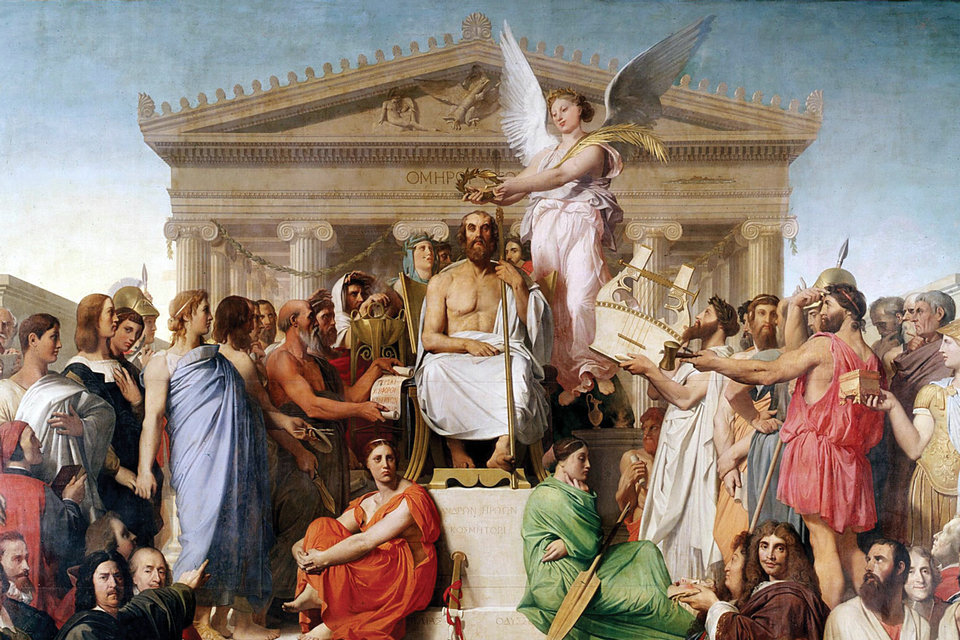

A figure painting is a work of fine art in any of the painting media with the primary subject being the human figure, whether clothed or nude. Figure painting may also refer to the activity of creating such a work. The human figure has been one of the constant subjects of art since the first stone age cave paintings, and has been reinterpreted in various styles throughout history.
Figurative painting is the kind of visual arts where the artist uses a living model as the subject of a two-dimensional artwork created by painting and canvas. The living model can be either naked or partially or fully dressed, and the painting is a representation of the entire body of the body. It is an analogy in most respects for drawing, usually done in color crayons, ink, pencil, watercolor or mixed media on paper.
The purpose of figure painting, or any depiction of the figure in art, relates back to one of the main functionalities of art, and that is communication of the human experiences. In many different cultures, human forms are found on functional everyday objects, illustrated in decorative ways, used for religious and ritual purposes, or produced to reinforce the notions of the ideal form. In different cultures, the figure painting, and its various treatments are also used as a means of cultural expression.
Unlike figure drawings which are usually nudes, figure paintings are often historical, mythological, allegorical or imaginary depictions that may have figures in appropriate costumes. A portrait painting is a figure painting that focuses on the creation of a likeness of a particular individual or group.
The Figure painting has been a theme in Western art since classical antiquity and again in the Renaissance, after being largely absent during the Middle Ages.
Figure Painting Media:
Figurative paintings are found in many media, such as oil, watercolor, pastel and digital.
Oil paint historically has been the ideal media for depicting the figure. By blending and layering paint, the surface can become more like skin. “Its slow drying time and various degrees of viscosity enable the artist to achieve rich and subtle blends of color and texture, which can suggest transformations from one human substance to another.” Although working from live models is preferred, the length of time needed to complete a painting has led most modern painters to use photographs as references at least part of the time if not for the entire work.
A popular technique is the use of acrylic paint due to its short drying time. The paint has the ability to modify and can produce results similar to water colors or oil, but in less time. This is ideal for figure painting as it requires less time with a model, and reduce the dependence on photo or character references.
Ink is another popular medium. The artist will often start with graphite pencil to draw or outline the model, and then complete the lines in the work with a pen or brush in permanent ink. When ink is diluted with water, discrete graduations produce a technique known as ink wash. When the ink is dried, the artist can erase pencil lines or leave them on if the darker color makes them almost invisible.
Figure Painting Techniques:
The process of figure painting is one that begins with a simple sketch and grows from there with special attention paid to trying to capture the essence of the figure more than correct anatomy.
Composition: Placing the figure in the center might be instinctive but it isn’t the only way to go.
Backgrounds: Let the content of the painting guide you in this. What is it you are trying to express with each gesture? Painting the background with the same awareness will serve you well.
Line and Texture: You can get a casual, sketchbook feel or a more formal portrait vibe depending on how you use these elements in your work.
Trusting nature: You need to see what is in front of you and not feel obligated to adjust shapes and lines for the sake of a composition.
Value and color: The unity of these two aspects of a painting are what assure success.
Figure painters:
For the classic figure painters, Caravaggio, Peter Paul Rubens, Diego Velázquez, Goya, Édouard Manet and Edgar Degas are among the contemporary figure painters, including Lucian Freud, R.B. Kitaj, Mark Tansey and Eric Fischl, and of Danish figurines, Julius Exner, Harald Giersing and Vilhelm Lundstrøm.